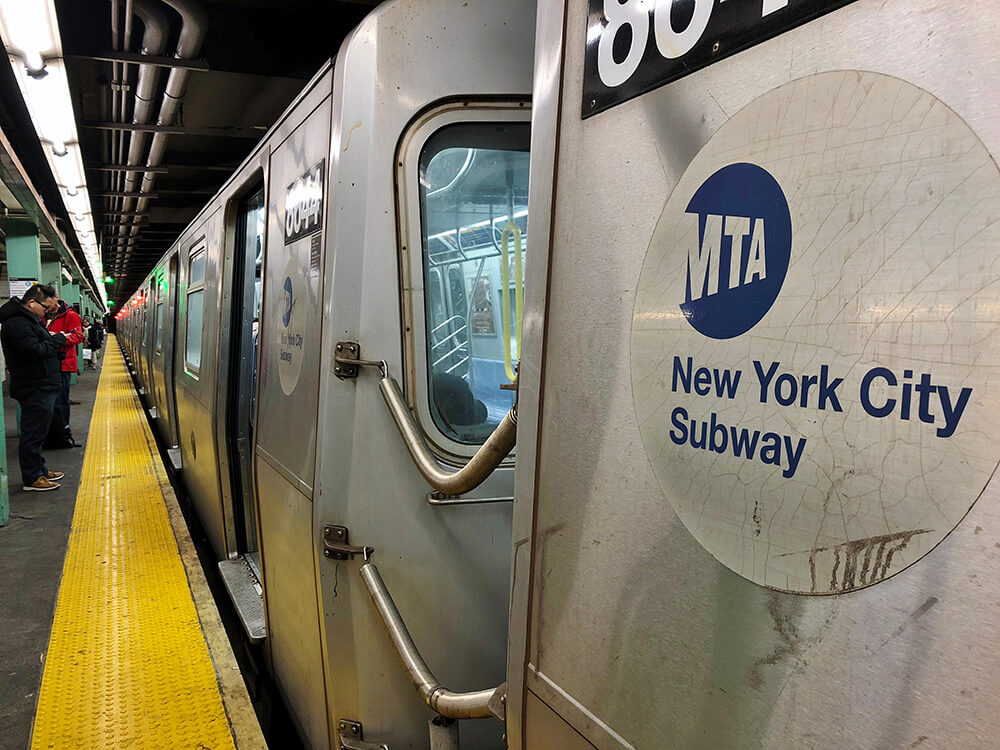|
Getting your Trinity Audio player ready...
|
NYC Commuters Voice Frustration as Subway & Bus Fare Rises Amid Economic Challenges
Edited by: TJVNews.com
New York City’s subway and bus riders were hit with a more than 5% fare increase, pushing the cost of a ride to $2.90, as was reported by the New York Post. The recent fare hike comes on the heels of toll increases on bridges and tunnels managed by the Metropolitan Transportation Authority (MTA) and the price hike also includes the MTA’s Metro North and LIRR rail rides.
The Post report added that as millions of daily commuters grapple with rising costs, concerns over affordability, financial strain, and the impact on an already challenging economic landscape have sparked a chorus of frustration across the city.
The fare hike has elicited strong reactions from regular commuters who rely on public transportation for their daily routines. At the Jamaica Station transit hub in Queens on Sunday, passengers expressed their dismay over the increased fares, according to the Post report. Javier, 37, a Canarsie resident and auto mechanic criticized the fare hike, which he deemed unfair given the already high costs associated with transportation in the city. With auto insurance rates rising and other expenses mounting, he expressed frustration at being burdened with additional costs for using the subway and buses, the report in the Post added.
“Yo, I’m about to lose it …Working every day and I still had to sell my car. Now I’m on buses, subway, probably going to get f—in’ stabbed and you raising that too? F—in’ bulls–t,” said Javier. He told The Post he was already tightening his belt when it came to transit expenses — and doesn’t appreciate the extra cost hit.
“February, I got my auto insurance and it went up like $2,500 and I said yo f— it; I’m selling,” he bemoaned, as was reported by the Post.
Rosetta Allen, 54, a Bronx resident, highlighted the ongoing struggles faced by many as they attempt to make ends meet. The Post report noted that she emphasized that despite improvements in some areas, the pandemic’s impact continues to weigh heavily on individuals like her. Allen’s experience of taking multiple buses to help her daughter illustrates the cumulative financial toll of limited transfers and the lack of support for those grappling with increased costs, according to the Post report.
“They think the pandemics over but it’s not over for a lot of us, we’re still struggling,” she said of the increase. “I’m still struggling to pay my rent and to pay for everything that’s going up and up and up,” she told The Post.
Allen also told the Post, “To get here this morning I got to transfer, four different buses, and they don’t give you more than one transfer. That adds up. I can’t afford any more increases. I’m struggling already. It’s ridiculous.”
Alisha Thomas, 25, a Queens resident and Baruch College student, pointed out the broader context of rising prices and inflation across the United States, the Post report said. While the fare increase might seem minimal to some, when combined with other costs like rideshare services during off-peak hours, the financial burden adds up. Thomas acknowledged the challenges but also acknowledged the inevitability of the fare hike in the current economic climate.
“For me it’s like an extra two dollars a week or $100 a year maybe? But then I have to add in all the Uber and other stuff I take when I can’t take the subway, you know, it’s night or whatever. That’s all going up too,” she told the Post.
This recent fare hike marks the latest in a series of fare increases over the years. As was reported by the Post, in 2015, the fare rose from $2.50 to $2.75, and the planned increase in the wake of the COVID-19 pandemic was deferred due to plummeting ridership. The current fare, now at $2.90, has outpaced inflation significantly. Comparatively, a subway ride cost only a nickel in 1948, equivalent to around $0.63 in today’s currency, the Post report said.
As New York City strives to recover from the economic and social repercussions of the pandemic, the fare hike has ignited discussions about the challenges faced by its diverse population. While the fare increase may seem modest to some, it represents an added financial burden for countless individuals who are already navigating a complex web of expenses. As the city continues to evolve, finding ways to address transportation affordability while maintaining essential services will remain a vital concern for policymakers and communities alike.




